Table of Contents
Until early pregnancy, folic acid may not be talked about as often as other vitamins. It’s only then that you realize it’s an essential nutrient that shouldn’t be overlooked. After all, it’s a pregnancy nutrient (more about that below). Even if you’re not pregnant or lactating, you still need folate.
Let’s take a closer look at folate, what it is, why women need it, how it helps avoid birth defects, and the best folate-rich foods for pregnant women.
What is folate, and why is it important for health?
Folate is the natural form of water-soluble vitamin B9. It is present in vegetables, fruits, nuts, grains, meat, and seafood (1). Folate is essential for our body’s core functions. In particular, it supports a healthy pregnancy. It helps make blood cells, DNA, and RNA. It plays a key role in improving brain function. Folate deficiency is highly linked to anxiety, mood disorders, and even memory loss. In short, folate does a lot. And that’s why it is critical to consume adequate amounts of it (2, 3).
Folate vs. Folic acid: Know the difference
Both are forms of vitamin B9. On a molecular level, folate and folic acid are nearly identical. Biologically, they take different paths, from their origin and dietary sources to how your body absorbs them (4).
Folate is a generic term for many forms of vitamin B9, including folic acid. Folate got its name from the Latin folium (“leaf”) and its natural occurrence in leafy vegetables (5, 37). Folic acid is the lab-made form of folate. Most prenatal vitamins and fortified foods contain folic acid.
Interestingly, our body absorbs folic acid and folate differently. Our bodies can absorb folic acid 1.7 times faster than natural folates (6). Folate is lost during cooking as heat breaks it down. Folic acid is more heat-stable (7). So, folic acid is better suited for use in fortified or processed foods. This is one rare instance when the “artificial” version may outperform the natural one. Dietary folate is usually a better choice than folic acid. Because excess unmetabolized folic acid can cause serious health problems (4). Nonetheless, doctors prescribe a folic acid supplement when dietary folate alone may not be enough.
Folate for a healthy pregnancy
Folic acid supplementation is an integral part of prenatal counseling and early pregnancy care. Folic acid, together with other vitamins and minerals, ensures a healthy pregnancy.
The most important role of folic acid during pregnancy is to help the neural tube develop into the brain and spinal cord as the fetus grows. Folate deficiency can cause neural tube defects (NTDs). Folate can prevent certain birth defects, including cleft lip, cleft palate, and heart defects. It also lowers the risk of miscarriage, preterm birth, and low birth weight (8, 38).
Some studies have shown that folic acid supplements lower homocysteine levels in the blood, lowering the risk and severity of preeclampsia (10). Preeclampsia is a high blood pressure condition that affects up to 2-8% of all pregnancies globally (11).
Folic acid and neural tube defects
Neural tube defects are serious birth defects in a baby’s brain or spine. NTDs develop during the first month of pregnancy when the neural tube, an embryonic structure that becomes the baby’s brain and spine, fails to close completely. Worldwide, NTDs affect approximately 2 in 1000 live births (12).
Spina bifida and anencephaly are the two most common NTDs. Babies born with spina bifida lack a fully developed spinal cord. Anencephaly is a fatal condition in which the baby’s brain is either severely underdeveloped or entirely absent. Pregnancies affected by anencephaly often result in miscarriages or stillbirths (12).
The etiologies of NTDs are complex and multifactorial, with genetic, lifestyle, and environmental factors all appearing to play a role. Obese women are at higher risk of fetal NTDs. Taking folic acid supplements and consuming folate-rich foods can reduce the risk of NTDs by 70% (13, 14).
When do women need to take folic acid?
Taking folic acid each day after you find out you’re pregnant may be too late. Many women do not realize they are pregnant until six weeks or later (12). Because many pregnancies are unplanned and neural tube defects occur very early in pregnancy, it’s strongly recommended to get folic acid every day throughout your reproductive years.
According to research, starting folic acid supplementation at least 3 months before conception and continuing during early pregnancy can lower the occurrence of NTDs by up to % 62-80% (15, 16, 17, 18, 19 ).
How much folic acid do you need?
If you are pregnant, you should take 600 mcg of folate per day (20). But it’s hard to get this much folate through food alone (21). So, the FDA recommends taking a vitamin containing at least 400 mcg of folic acid. Even if a baby is not on board, you should aim for 400 mcg of folic acid. Folic acid supplementation ensures that you get enough folate to protect the fetus against neural tube defects should you become pregnant (1).
If you have a family history of NTDs, you are at high risk (12). In this case, your doctor will most likely tell you to take a high dose of 4,000 mcg of folic acid every day (22). This should start three months before conception and continue until you are 12 weeks pregnant. You may also need to start taking folic acid at a higher dose if you have kidney disease, liver disease, sickle cell anemia, are drinking alcohol, or take medications for epilepsy, type 2 diabetes, asthma, or inflammatory bowel disease (1, 23, 24 ). As always, consult your doctor about your body’s folate needs.
The Recommended Dietary Allowance (RDA) for folate is labeled as micrograms of Dietary Folate Equivalents (DFE) (1). Folate equivalents include both folate and folic acid. The mcg DFE unit is used because your body absorbs folic acid more easily than folate. Compared to folate, you need less folic acid to get your daily value. To put this in context, 400 mcg of folate and 240 mcg of folic acid are both equal to 400 mcg DFE (25).
How to get more folic acid and folate?
Here are three ways to ensure that you’re getting enough folic acid and folate:
Take vitamin supplements
The easiest way to meet the recommended daily amount is to take a supplement containing at least 400 mcg of folic acid. That, combined with folate-rich foods and folate-fortified foods from your diet, will help you reach a total of 600 mcg of folate. Over-the-counter prenatal vitamin or multivitamin supplements typically help.
Eat folate-rich foods
Folate is naturally found in so many of the foods you already eat. These seven foods are among the highest in folate.
Asparagus
A cooked 100 g serving of asparagus carries 149 mcg of folate, along with protein, fiber, potassium, and vitamin C (26). Folate is a water-soluble vitamin (1). Steam asparagus spears instead of boiling them to prevent the vitamin from leaching into the water.
Spinach
Leafy green vegetables like spinach are nutrient powerhouses. So it’s no surprise that it is rich in folate. One cup (180 g) of boiled spinach will give you 263 micrograms of folate, or 65% of the DV (27).
Brussels Sprouts
Brussels sprouts are high in most vitamins, including folate. They’re also a good source of dietary fiber. A half-cup (78 g) serving will give 46.8 micrograms of folate or 12% of the DV (28).
Citrus fruits
Citrus fruits like orange, lime, and grapefruit will provide you with plenty of folates as well as potassium, calcium, vitamin C, and other B-complex vitamins. A small, regular orange (96 g) contains 29 micrograms of folate or about 7% of the DV (29). A 100 ml serving of 100% pure orange juice has 16 mcg of folate (30).
Legumes
Legumes, including peas, beans, lentils, and chickpeas, aren’t just delicious, they’re also packed with essential nutrients, including folate. The exact amount can vary. For example, a cup (177 g) of cooked kidney beans will get you 131 mcg of folate (31). Meanwhile, a cup of cowpeas contains 356 mcg of folate (32).
Beef liver
Most meats aren’t the best folate source, but beef liver has the most. A 3-oz serving will get you 215 mcg of folate, which equals about 54% of your daily folate needs (33). If beef liver isn’t your thing, don’t worry – seafood such as crab and mussels also contain a fair amount of folate (1, 34)
A word of warning: Animal liver provides more than the RDA for vitamin A. A 3-oz serving of beef liver contains 8020 mcg of vitamin A, while the RDA is only 770 mcg. To avoid exceeding the RDA and vitamin A toxicity, eat small portions once or twice a month (35).
Avocado
Avocado is nutrient-dense, supplying healthy fat, fiber, and about 81 mcg of folate in 100 g serving. Avocados are also rich in potassium and vitamins B6, C, and K (36).
Summary
Everyone needs folate. Women of childbearing age, pregnant women, and nursing moms need more. There is no guarantee that you will get enough folate from your diet alone; therefore, a vitamin supplement is usually essential. Doctors often recommend taking a folic acid supplement or a prenatal vitamin to prevent neural tube defects. Certain fortified foods, such as enriched bread, cereal, and pasta, can also help you get more folic acid.









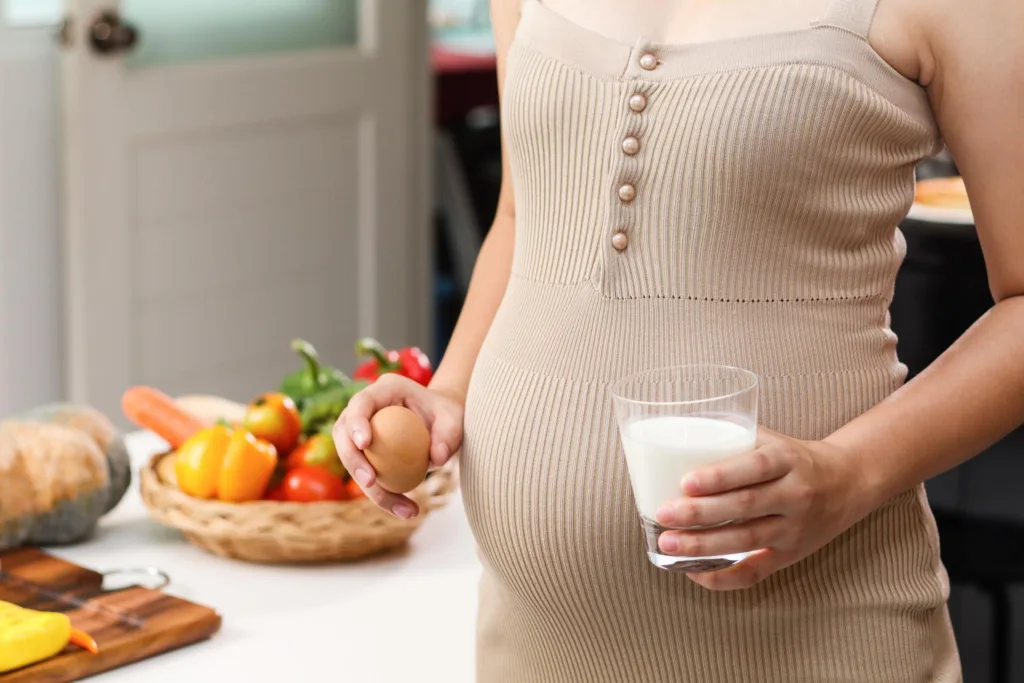

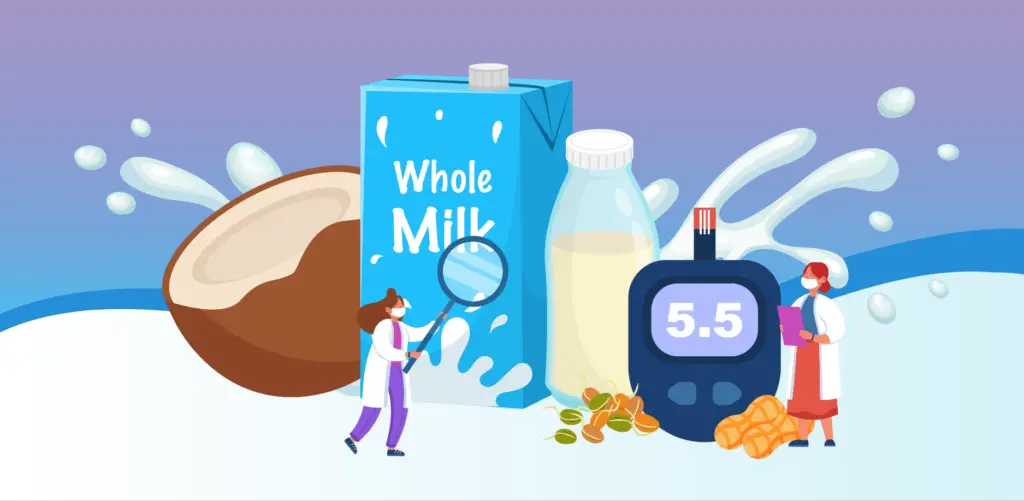

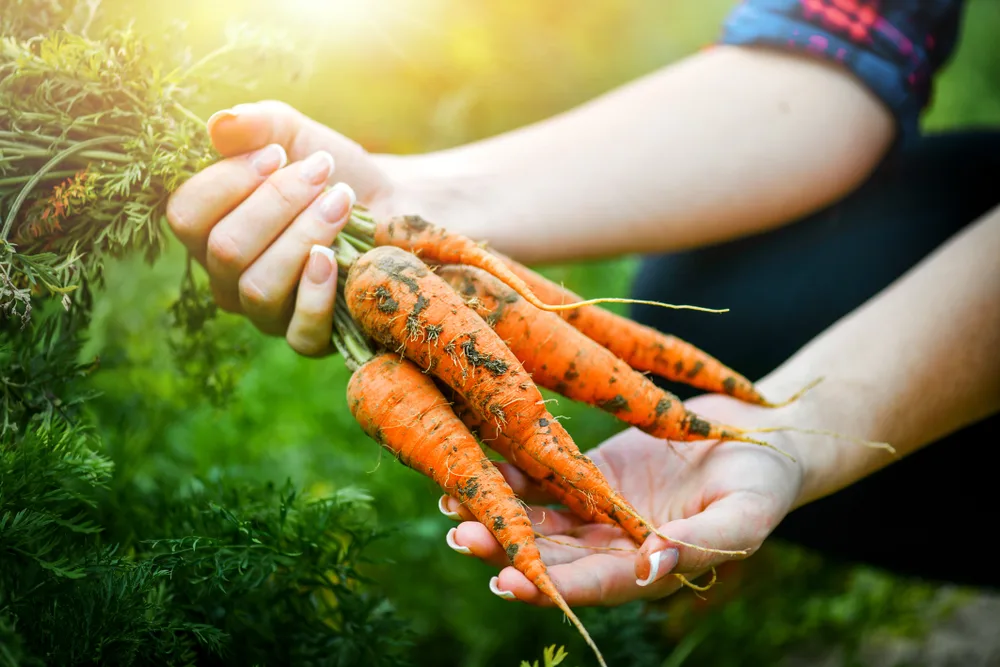
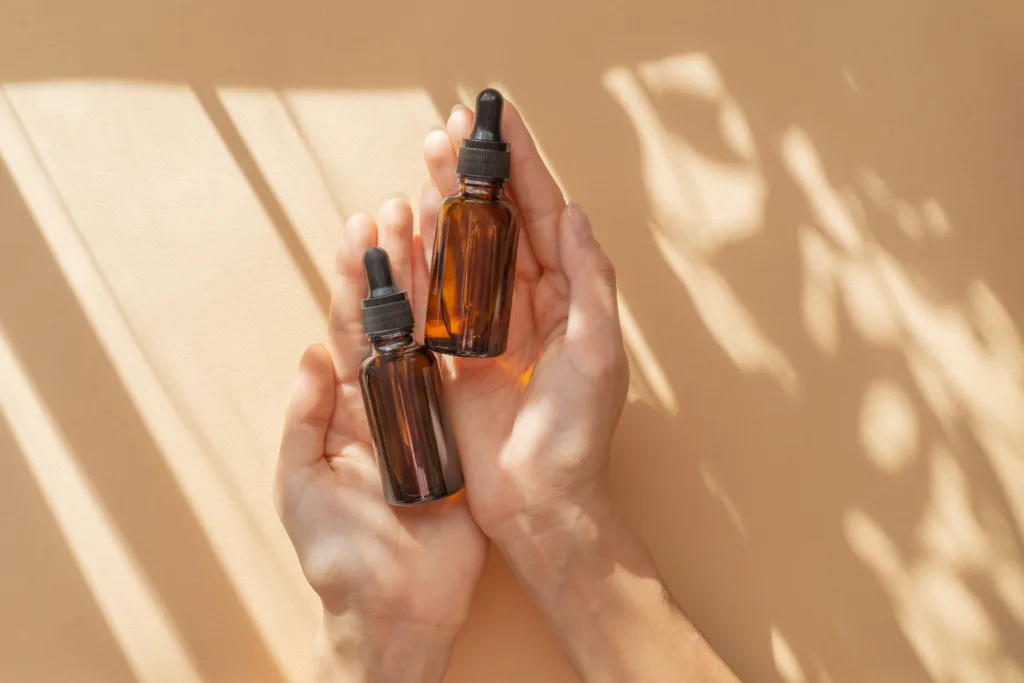

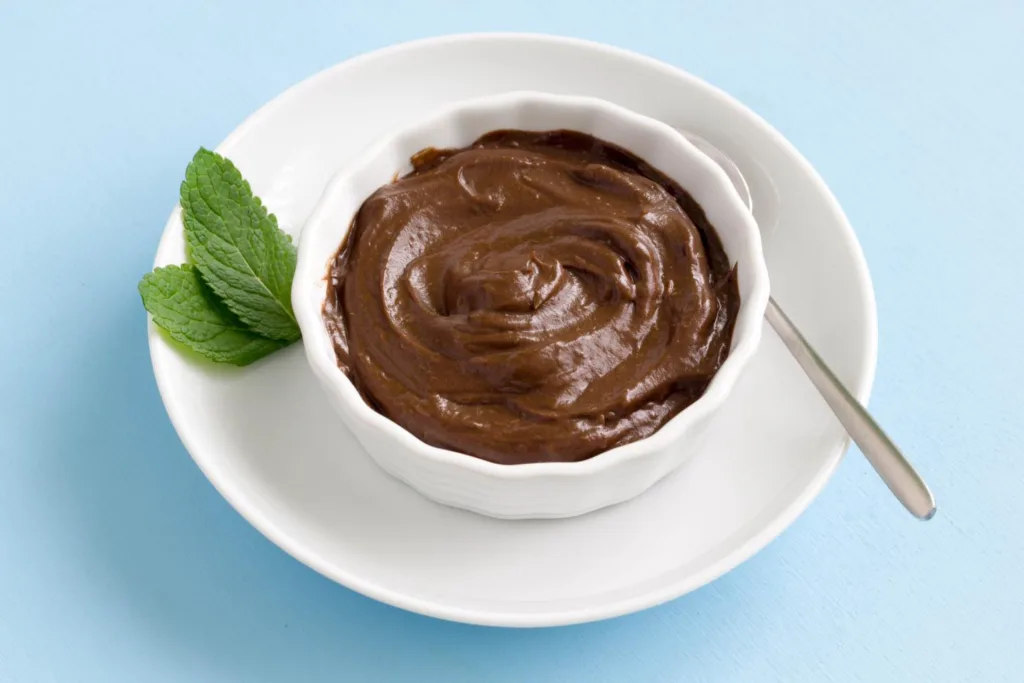
Comments
0